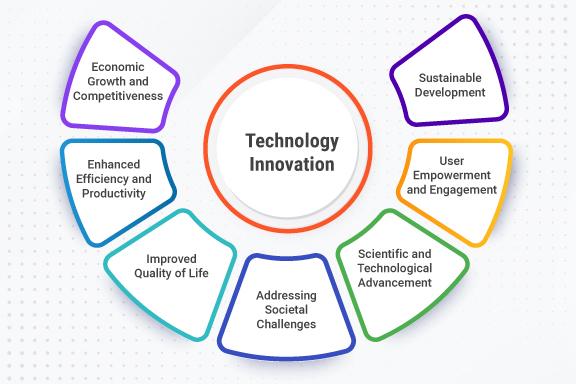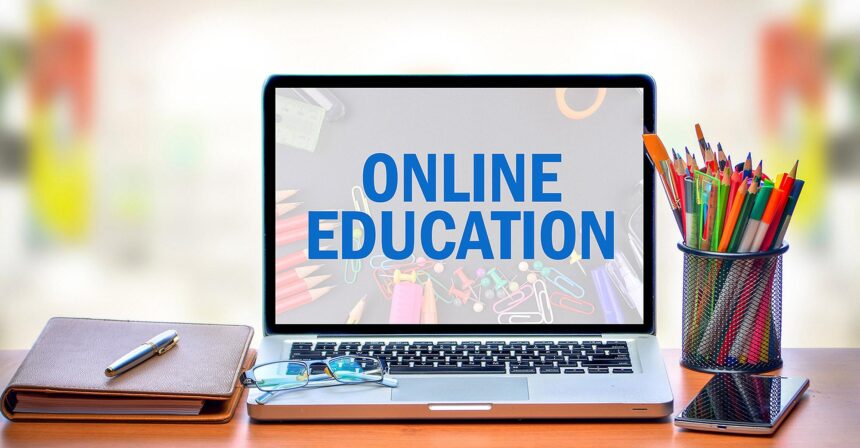In an age where technology evolves at a breakneck pace, the landscape of education is undergoing a profound transformation. The visions of tomorrow, driven by innovations in digital platforms, artificial intelligence, and hybrid learning models, promise to reshape the ways we instruct and engage learners. As showcased by countries like South Korea, where systematic reforms integrate cutting-edge technologies into educational frameworks, a new paradigm is emerging that blends the physical and virtual realms seamlessly. This article explores the various dimensions of online education and the myriad ways it is being revitalized, from personalized learning experiences to expansive access across continents. The future beckons educators, students, and policymakers to reimagine learning environments, making quality education accessible to all while navigating the challenges of a post-pandemic world. Through insights from recent educational advancements, we delve into what these evolving visions mean for the learners of tomorrow.
Innovative Technologies Shaping Learning Experiences
As educators harness the full potential of technology, traditional boundaries of learning continue to dissolve, paving the way for a more connected and personalized educational experience. Artificial Intelligence (AI) is becoming a central player, providing tailored learning paths that adapt to individual student needs. Immersive technologies, including virtual and augmented reality, are not just enhancing engagement; they are redefining the classroom experience by creating interactive landscapes where students can explore complex concepts in a 3D environment. Additionally, the integration of micro-credentials allows learners to acquire specific skills in shorter timeframes, fostering a culture of lifelong learning.
Beyond individual innovations, these technologies collectively contribute to creating hybrid learning models that blend online and in-person interactions. Students can participate in dynamic discussions across various platforms, helping them build critical thinking skills in real time. To illustrate the transformative impact, consider the following table showcasing key technologies and their contributions:
| Technology | Contribution to Learning |
|---|---|
| AI | Personalized learning paths and adaptive assessments |
| VR/AR | Experiential learning through immersive environments |
| Micro-Credentials | Focused skill acquisition in accessible formats |
| Collaboration Tools | Facilitated teamwork and communication in virtual spaces |

Personalized Learning Paths: The Future of Student Engagement
In a rapidly evolving educational landscape, personalized learning paths are emerging as a keystone in fostering deep student engagement. By aligning educational experiences with individual interests and learning styles, institutions can create an environment where students thrive. Benefits of this approach include:
- Enhanced motivation through tailored content.
- Opportunities for self-directed learning.
- Custom feedback and assessment, ensuring that students can progress at their own pace.
Moreover, these personalized pathways enable learners to take ownership of their educational journeys, cultivating vital skills such as self-advocacy and critical thinking. As engagement levels rise, students become more invested in their studies, often leading to improved academic outcomes. Key factors that contribute to successful implementation include:
- Utilization of technology for adaptive learning experiences.
- Collaboration between educators and families to support individual goals.
- Continuous data collection to refine learning strategies.
Global Classrooms: Bridging Cultures Through Virtual Collaboration
In the rapidly evolving landscape of education, virtual collaboration is redefining how students from diverse backgrounds interact and learn. By leveraging technology, educators can create global classrooms that foster understanding and appreciation of different cultures. This innovative approach allows students to engage with peers across continents, breaking down geographical barriers. Key benefits include:
- Enhanced Cultural Awareness: Students gain firsthand knowledge about traditions, beliefs, and practices from their international classmates.
- Collaborative Learning Projects: Virtual initiatives enable joint research and problem-solving, encouraging teamwork.
- Language Skills Improvement: Real-time interactions provide opportunities for practical language practice.
By focusing on these collaborative experiences, educational institutions can prepare students for a globalized workforce that values diversity and cross-cultural collaboration. These virtual environments not only enrich students’ academic experiences but also instill critical soft skills such as empathy and adaptability. Teachers play a vital role in facilitating these connections through the use of various technological tools. The future of education hinges on these vibrant exchanges, as classrooms transform into hubs of global connection and learning.
Sustainability in Online Education: Strategies for Long-lasting Impact
In pursuing sustainability, online education can adopt several strategies that not only enhance learning but also promote responsible practices. Integrating sustainability themes across all subjects can create a holistic approach, engaging students in the importance of ecological preservation and social equity. Moreover, collaborative projects that involve real-world applications encourage learners to develop innovative solutions to sustainability challenges. Such initiatives can include:
- Cross-institutional partnerships
- Community-based service learning
- Virtual sustainability challenges
With advancements in technology, interactive and immersive tools, such as virtual reality (VR) and simulation platforms, can create compelling educational experiences that foster a deeper understanding of environmental issues. Educational institutions should also prioritize data transparency in their sustainability efforts, ensuring that learning outcomes and resource utilization are clearly communicated. For this purpose, institutions may implement a structured approach to track their sustainability metrics using a simple table format:
| Strategy | Impact Measure |
|---|---|
| Integrative Curriculum | Student Engagement Levels |
| Community Projects | Local Partnerships Established |
| Technology Utilization | Resource Efficiency Rates |
Wrapping Up
As we stand on the threshold of a new era in education, the transformative power of online learning opens a myriad of possibilities. The landscapes of knowledge are shifting, shaped by technological advancements and an evolving understanding of pedagogy. While challenges remain, the future holds promise for enhanced connection, accessibility, and personalized learning experiences. As educators and learners adapt to these changes, we are not just witnessing a transformation; we are participating in the creation of an educational tapestry that weaves together diverse perspectives and innovative practices. As we embrace these visions of tomorrow, the potential for a more inclusive and enriching educational journey continues to expand, paving the way for generations to come. Embracing this evolution is not just a necessity-it’s an opportunity to redefine what education means in a digital age.












